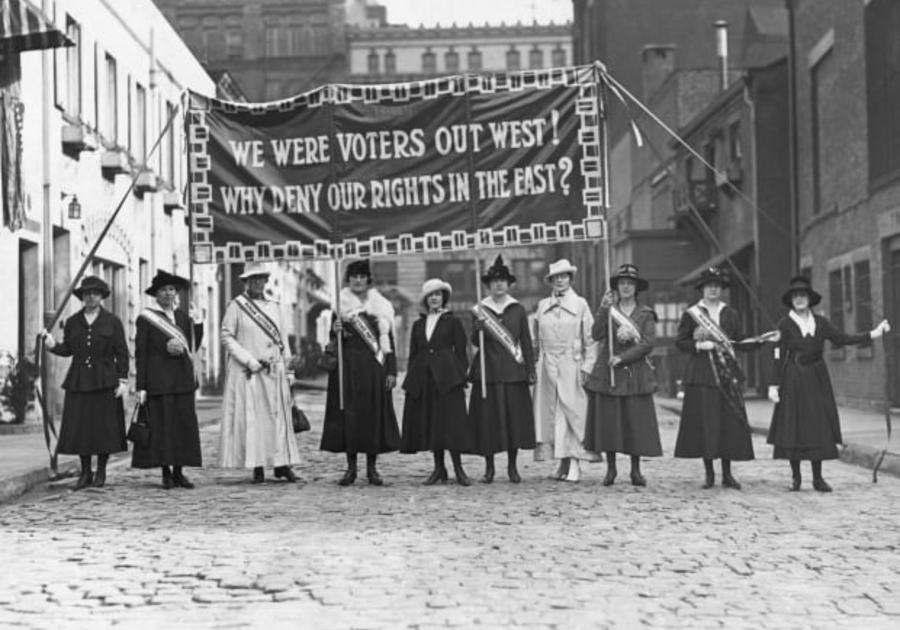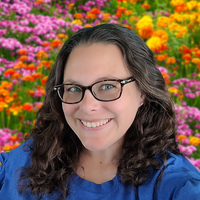The last article in this series explained the first women’s convention to take place, the Seneca Falls Convention. As was mentioned, it marked the very beginning of the women’s suffrage movement, which was a long fight that lasted decades. It began in the mid-1800s and lasted until 1920. After the Seneca Falls Convention, women continued to hold conventions to advocate for their right to vote.
For hundreds of years, women were excluded from voting. This was not only in the United States, but also in other countries including Great Britain, New Zealand, Australia, Finland, and Norway. However, around the late-1800s and early 1900s, these other countries began expanding their right to vote to women, leaving the US.
In 1869, Susan B. Anthony and Elizabeth Cady Stanton established the National Woman Suffrage Association (NWSA). As expected, this organization focused all of its attention on women’s suffrage. Having one large organization working tirelessly to achieve a goal significantly increased the awareness brought to the issue. When the 15th amendment, which allowed African American men to vote, was ratified, the NWSA highly opposed it. They believed that rather than just including African American men, women should have been added as well.
A second organization established in 1869 was the American Woman Suffrage Association (AWSA). This was founded by Lucy Stone, Julia Ward Howe, and Thomas Wentworth Higginson. They focused the majority of their attention on gaining women’s voting rights at the local and state level. Eventually, they would work their way up to gaining attention at the national level. Contrary to the NWSA, they supported the 15th amendment, believing it was a step in the right direction.
21 years later, in 1990, the NWSA and AWSA joined together and became the National American Woman Suffrage Association (NAWSA), the largest women's suffrage movement in the United States at that time.
The NAWSA, along with many other organizations, used many tactics to support the cause and increase attention to women’s suffrage. Finally, 72 years after the Seneca Falls Convention, the 19th amendment was ratified, extending the right to vote to women.
Sources:
https://www.britannica.com/topic/woman-suffrage
https://www.history.com/topics/womens-history/women-who-fought-for-the-vote-1#:~:text=The%20leaders%20of%20this%20campaign,enfranchisement%20of%20all%20American%20women.
https://www.history.com/topics/womens-history/the-fight-for-womens-suffrage
https://www.archives.gov/education/lessons/woman-suffrage#background



